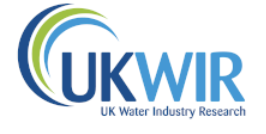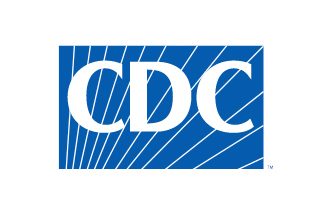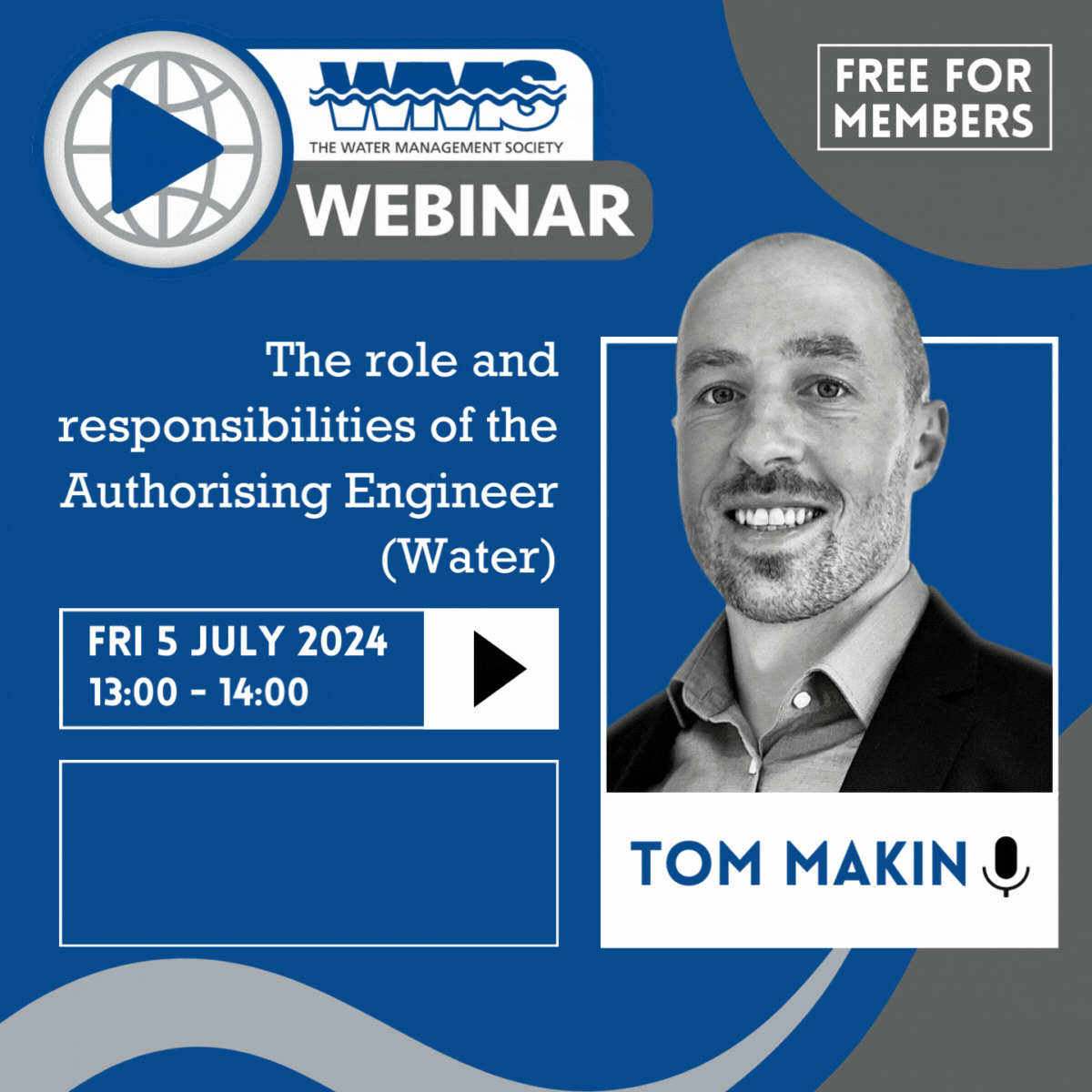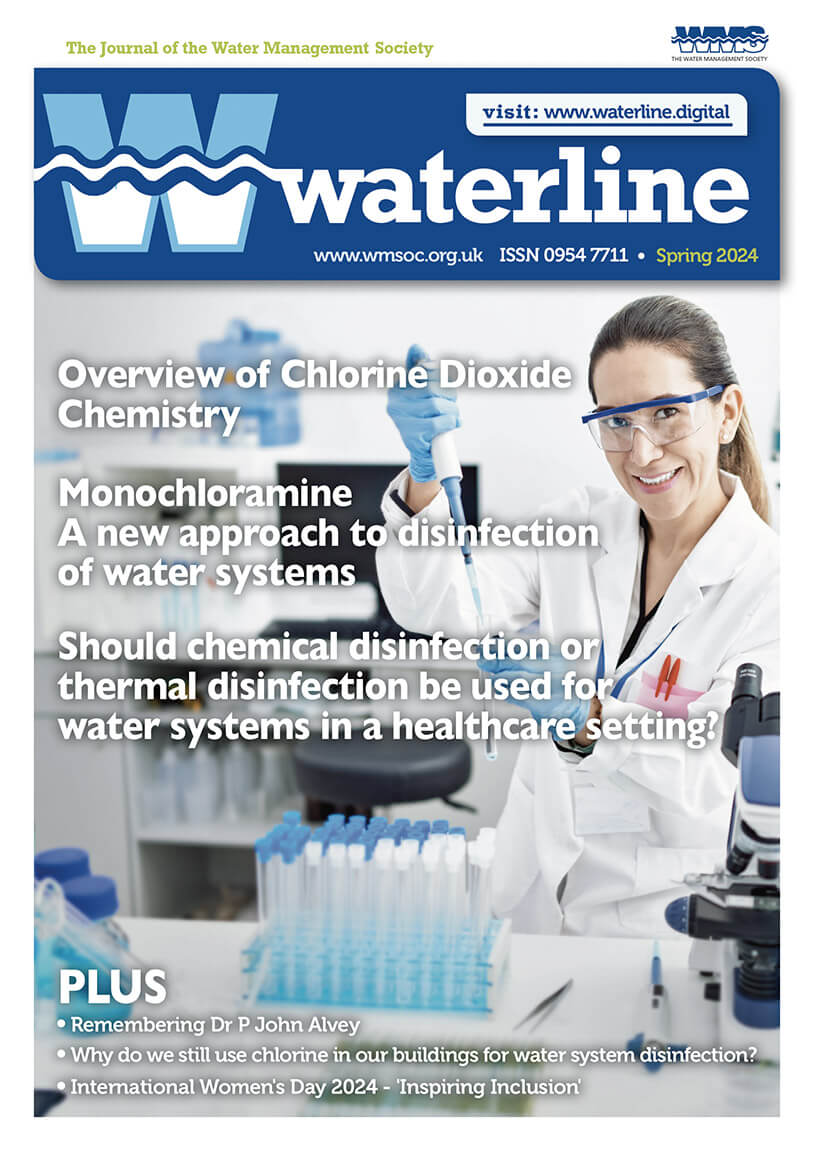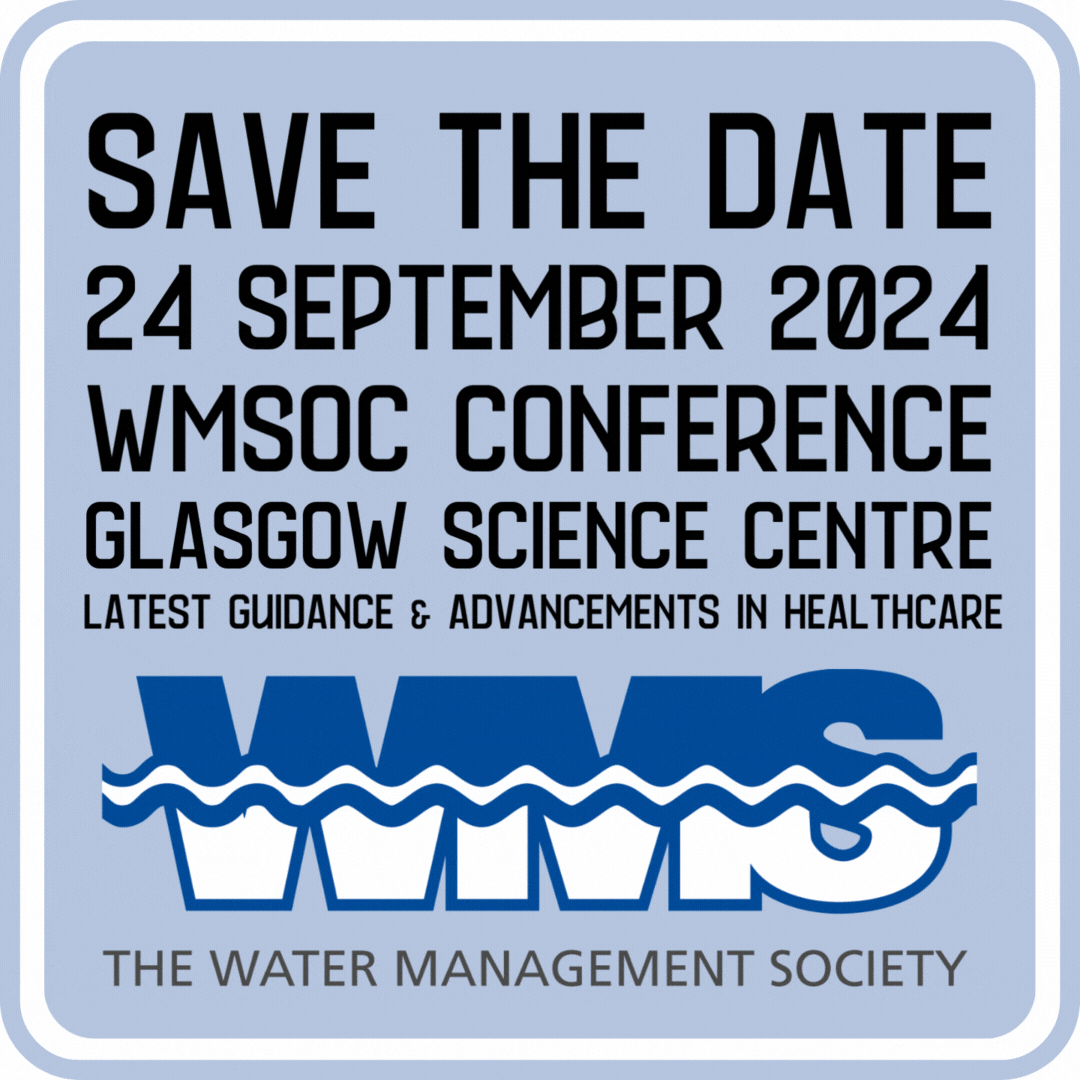HONOLULU – The Hawaiʻi Department of Health (DOH) is investigating two cases of Legionnaires’ disease in guests who stayed at The Grand Islander by Hilton Grand Vacations located in Waikiki. Read the full article here
Product Launch: Film forming amines.
This all-in-one solution offers low-dose, cost-effective treatment. Improves heat transfer efficiency by removing corrosion deposits, leading to cleaner surfaces. Enhances energy and resource efficiency by reducing Total Dissolved Solids (TDS). The stable film provided by polyamines ensures superior corrosion control, promoting longer equipment lifespan.
Plus - environmentally friendly, offering a greener alternative to traditional treatments.
Contact us on ownlabel@bvwater.co.uk for further information.




